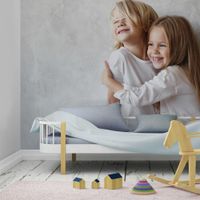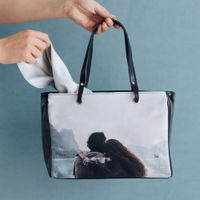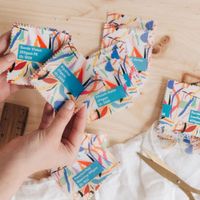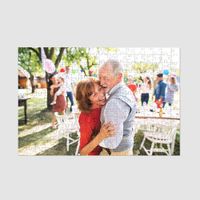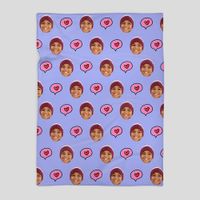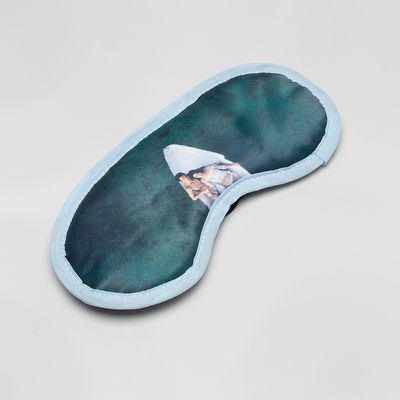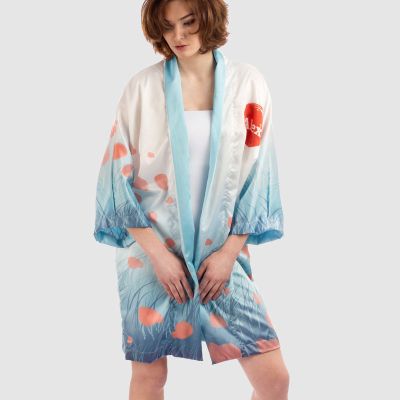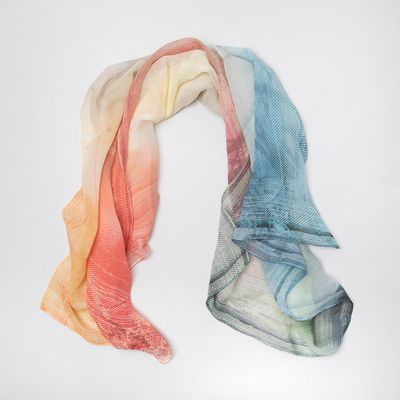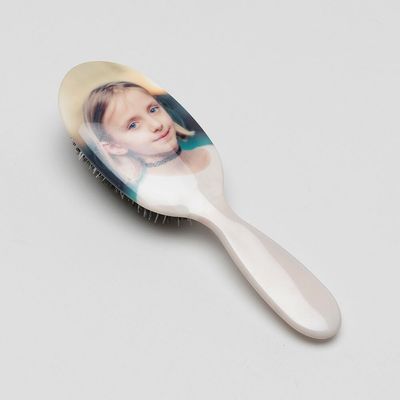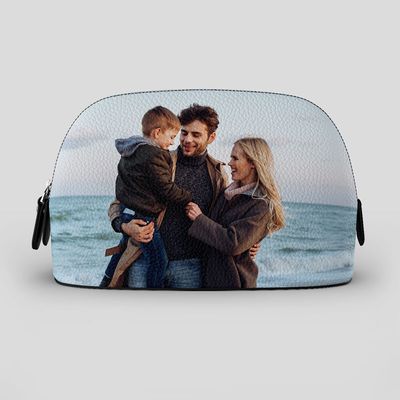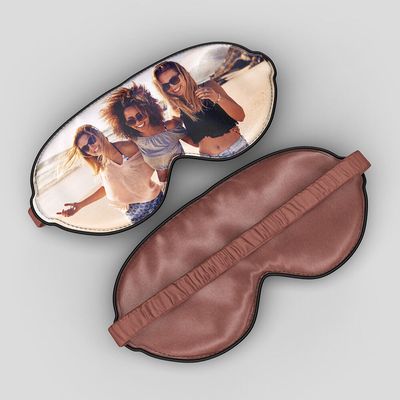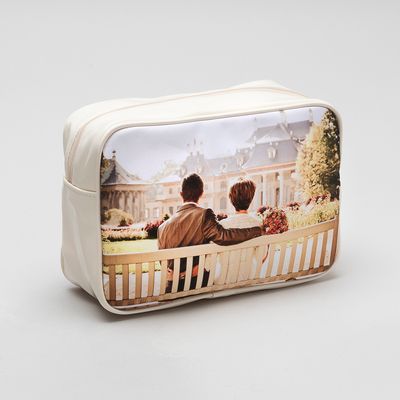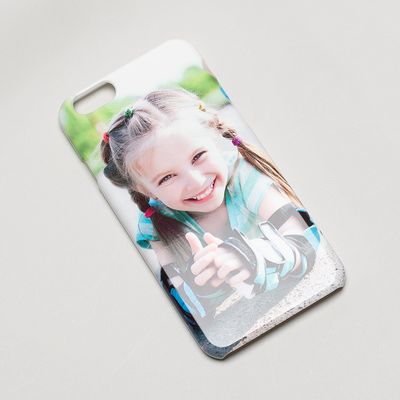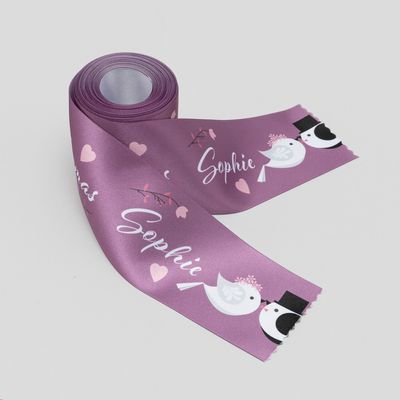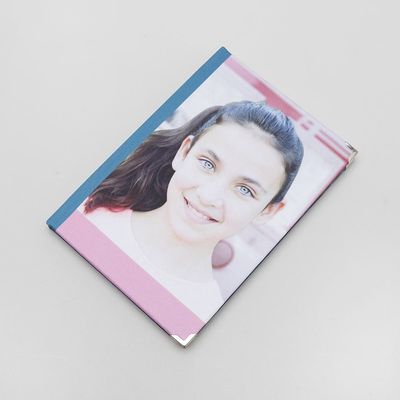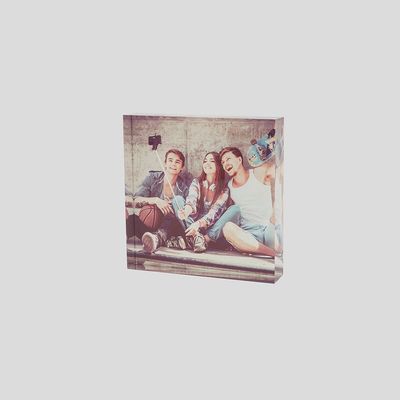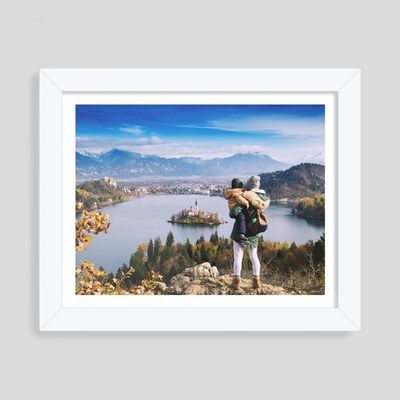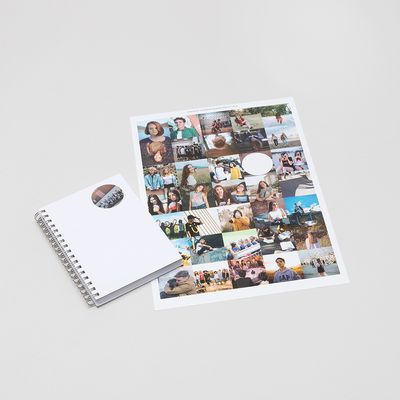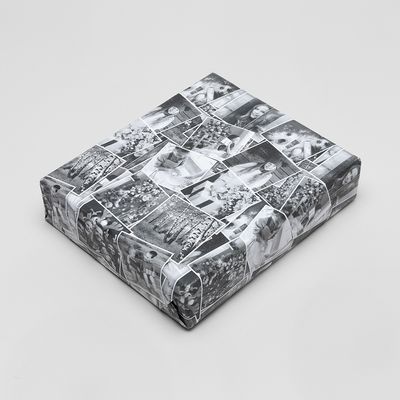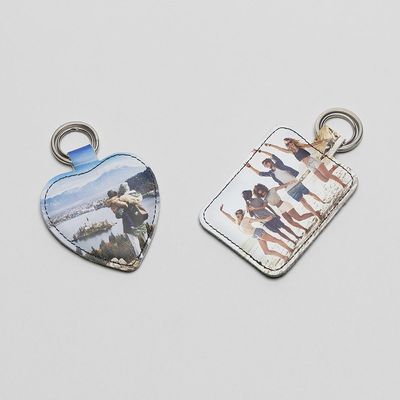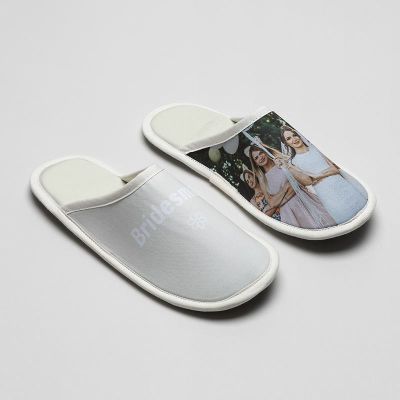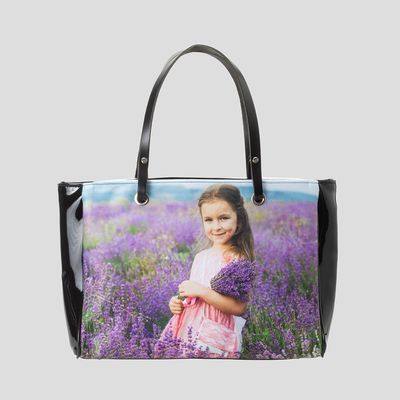Personalised Gift for Bridesmaid Roles
Whether they are performing only the standard duties or going above and beyond, bridesmaids put a lot of work into offering support to the bride on her special day. A personalised bridesmaid gift is a beautiful way to show how grateful you are that they have taken so much time out of their own lives to offer such a commitment. As well as several bridesmaids, many brides will also choose a maid of honour, who takes on much more responsibility. Personalised maid of honour gifts serve as a reminder of how much it means to you that they took on that role, as well as great thanks.
Western Origins
The Western tradition of having bridesmaids is said to have arisen from numerous factors, the socioeconomic class being one of the main contributors. Historically, the bride's family would pay for the dresses, the travel expenses and other costs that arose. In a time where nobody with any form of status or social standing went out unattended, the wealthier families would have a much larger entourage than those that weren't. As the size of the bridal party was in direct correlation with the family's social status, a parade of bridesmaids was a chance to flaunt the wealth of the bride's family.
Religious Influences
The biblical story of Jacob and his wives is generally thought to have had a huge influence on bridesmaids becoming customary. Both of his wives, Leah and Rachel, came with their own maids. This is referenced in the Book of Genesis. The women were servants rather than peers, however, this story is cited to be the origin of bridesmaids.
Clothing Doppelganger
In Ancient times, it is said that the bride and bridesmaids would wear the exact same dress. They would also veil their faces so that they would confuse jealous suitors who weren't happy that the bride was marrying 'someone else', as well as bewildering evil spirits.
During the feudal era in China, brides were prone to being kidnapped at weddings. This was due to the womb being treasured, as it was necessary for the production of an heir. Bridesmaids would dress like the bride to lower the risk of her being identified and taken by a rival clan.
Victorian White
Throughout the Victorian era, the official colour of both the bridesmaids and the groomsmen was white. This was another 'white wedding' tradition that came from the marriage of Queen Victoria and Prince Albert. Queen Victoria wore a long white dress for her wedding, and as was customary at the time, the bridesmaids matched the colour of her dress. This continued throughout the Victorian age.
Traditional Bridesmaids
Historically bridesmaids were young women who were not yet wed and would commonly have been of marriageable age. As bridesmaids were often a close friend or relative, sometimes these girls would be quite clearly too young to marry. In these instances, they would be appointed as honorary bridesmaids, referred to as a junior bridesmaid.
Bridesmaids' duties are actually extremely limited, although most - if not all - exceed the expectations. The only thing that is required of the bridesmaids is to attend the wedding ceremony and offer assistance to the bride on the day of her wedding. Junior bridesmaids have no responsibilities at all other than simply being in attendance.
Maid of Honour
The 'head bridesmaid' was optional, however, if one was chosen, she would be known either as the maid of honour, if she was unmarried, or the matron of honour if she already had a husband. Another common term was chief bridesmaid. 'Maid of honour' is a word that was initially used to refer to the attendant of a queen in the UK. All bridal attendants were simply known as bridesmaids, and it is the influence of American English that brought the popularity of the chief bridesmaid being called the maid of honour. Above the typical bridesmaid duties, it is not uncommon for the maid of honour to be requested to help with practical duties, such as addressing the invitations and accompanying the bride in shopping for her wedding dress.
Modern and Cultural Adaptations
Bridesmaids often take on much more than just providing support, both emotionally and practically, on the day of the wedding. Initially only assisting with dressing, managing the veil and bouquet and helping carry the train of the dress, bridesmaids now often arrange hen parties, bridal showers, and take on a lot of the costs which would have been covered by the bride's family historically. A maid of honour would potentially also help plan the reception and is frequently requested to toast the newlyweds at this reception.
In some modern weddings, a bride will choose a lifelong friend to be their 'maid of honour' regardless of gender. If this is a male, then often he would be given the title 'best man' (alongside that of the groom) or 'man of honour'. Traditionally it would only be the maid of honour and the groom's best man who would be the official witnesses of the wedding license, however, it is now commonplace for adult bridesmaids to also be involved in this.
In some cultures, namely Victorian Britain, Norway and the Netherlands, rather than women, it was customary to have the bridesmaids be younger girls. The role of these young bridesmaids would be to carry flowers throughout the ceremony and pose alongside the bride for the wedding photographs. In English speaking countries in the modern age, this role is a separate one to that of the bridesmaids and is known as the position of 'flower girl'.
Show Your Gratitude
Considering that your bridesmaids' roles - officially - consists of little more than showing up on the day, when you consider how much they do for you in the modern day and age there is definitely a lot to be thankful for. Show how much you appreciate their investment of time, emotional support and even cost with a personalised gift for bridesmaid and maid of honour roles.
Your bridal party give up a lot of their personal time in the weeks and even months leading up to the big day, so give them a personalised bridesmaid gift in return. It is the perfect way to say a truly intimate and special 'thank you'.


